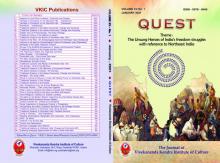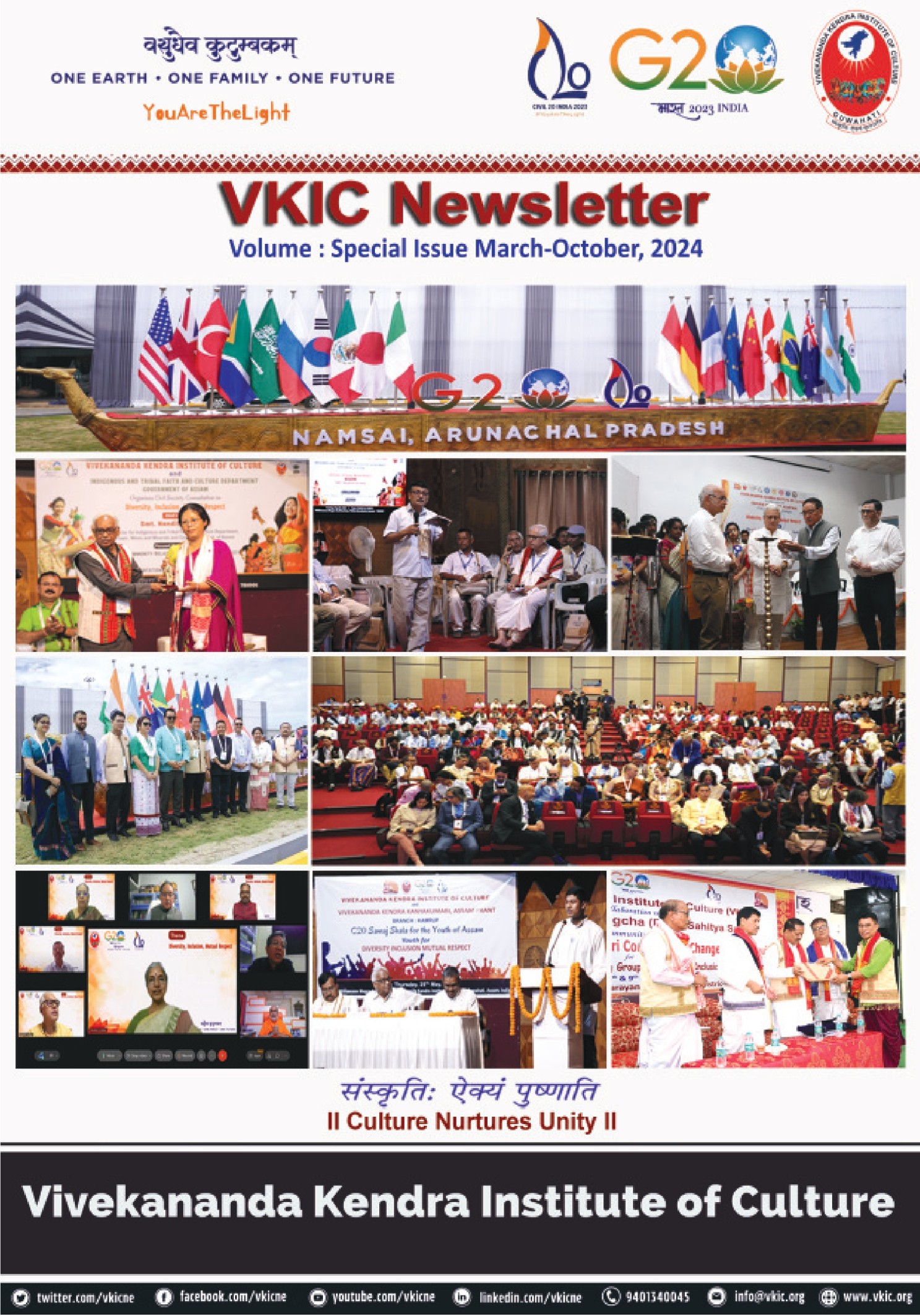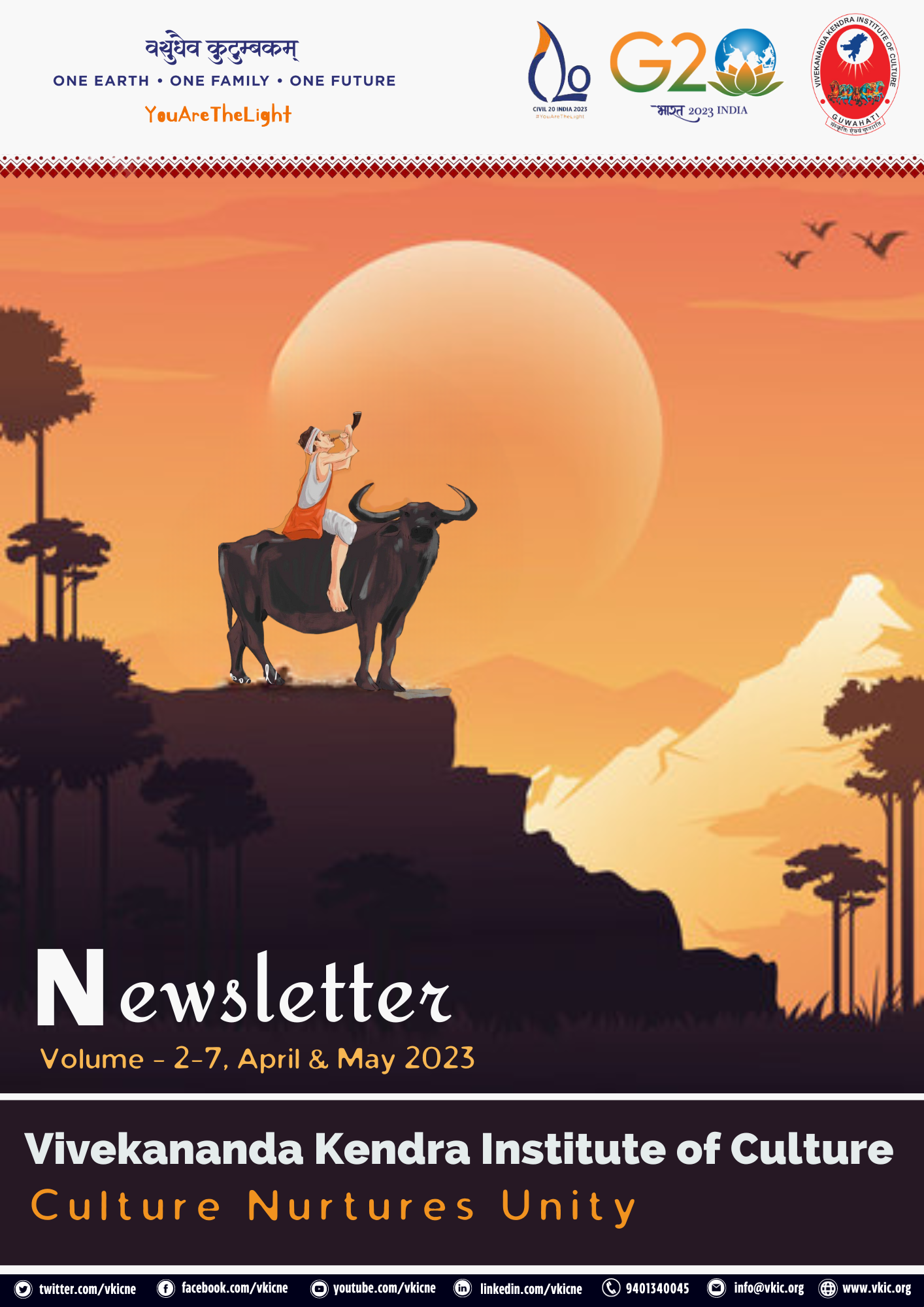India, the largest democracy in the world had seen a very long history of freedom struggle before its independence from the British in 1947. Millions of natives who came out to fight the British rule gave their lives to break the shackles of oppression. The freedom of India is due to the sacrifice of thousands of freedom-fighters all over the country. Many people have played significant roles in raising the national movement. Freedom fighters like Rani Lakshmibai, Mangal Pandey, Bahadur Shah Zafar, Nana Sahib, Tantia Tope, Surendranath Banerjee, Subhash Chandra Bose, Bal Gangadhar Tilak, Dadabhai Naoroji, Chittaranjan Das and Jawaharlal Nehru etc., played a great role in getting independence for the country.



